Empowering Independence Through Innovation and Inclusion.
Spinal Cord Injury Awareness Month 2025 is here-and it’s time to raise our voices for every spinal cord injury survivor. This September, we focus on empowering independence through SCI innovations and inclusive support. But this month is more than awareness-it’s a movement.
A spinal cord injury (SCI) happens when the spine is damaged, often from accidents, falls, or illness. It can cause loss of movement, feeling, or even breathing ability. But even with these challenges, many SCl survivors live strong, meaningful lives.
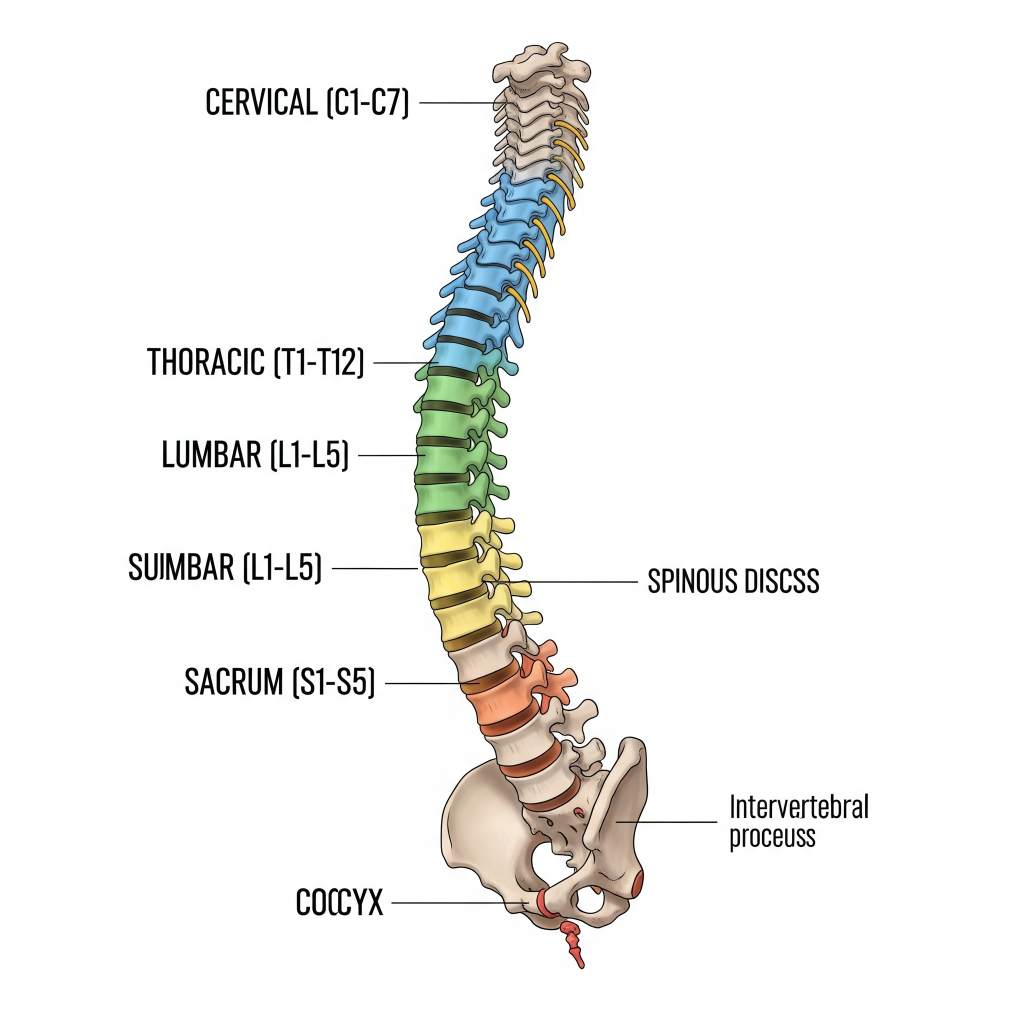
This theme looks ahead with hope for the spinal cord injury (SCI) community. It shows how new ideas and technology, together with care and support from society, can help people with SCI live with more freedom, confidence, and dignity.
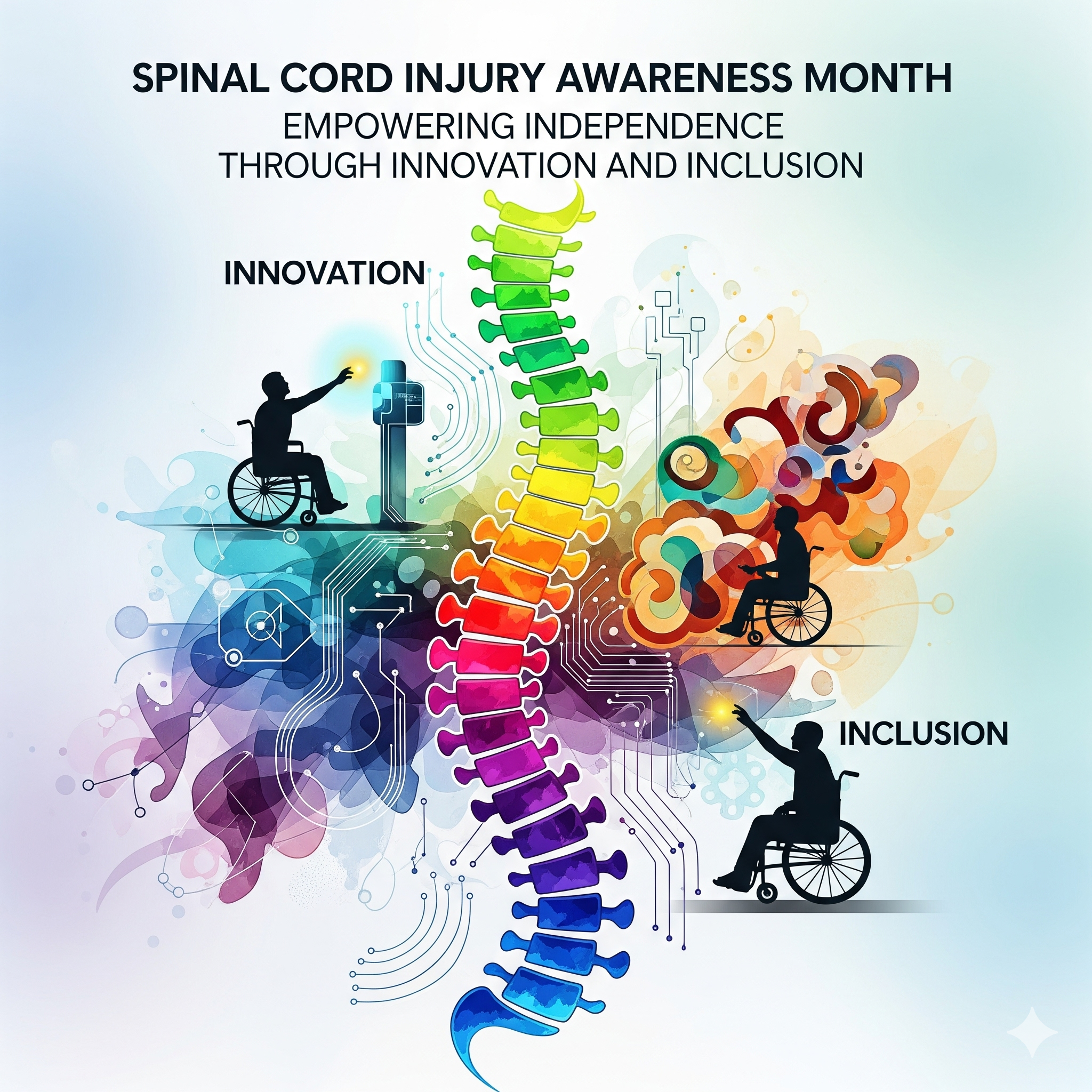
Innovation and Inclusion at Work: New way to support Independence for People with Spinal Cord Injury.
New research is giving hope to people with spinal cord injuries (SCI). Doctors and scientists are working on new technology, rehab methods, and cell treatments. These ideas aim to bring back movement, improve health, and make daily life better.
Here are some of the most exciting changes:
Technology
- Brain-Computer Interfaces (BCIs) & Robotic Exoskeletons:
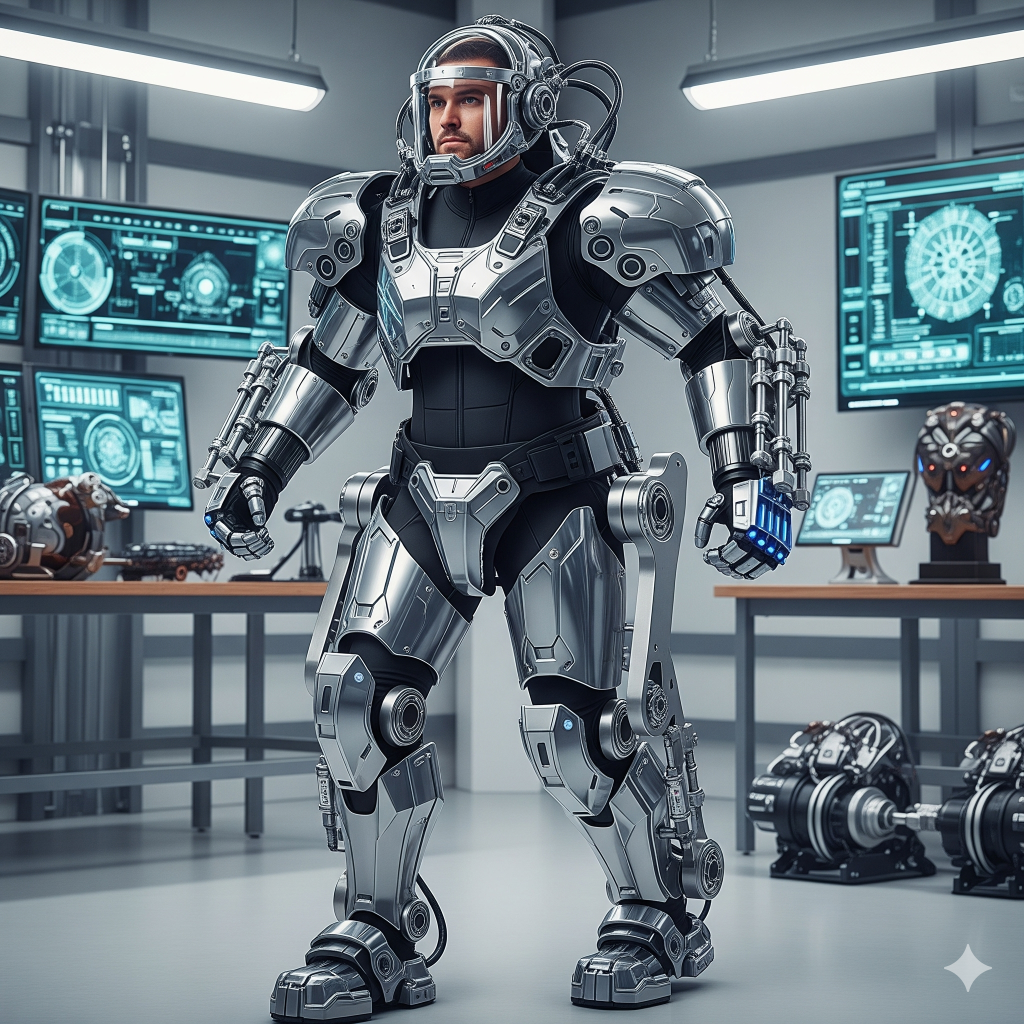
BCIs let people control devices, like a robotic arm or walking robot, with their thoughts. Some exoskeletons are already used in rehab to help people stand and walk. The ARCEX® System is the first spinal cord stimulation device approved by the FDA that does not need surgery.
- Biodegradable Electroceuticals:
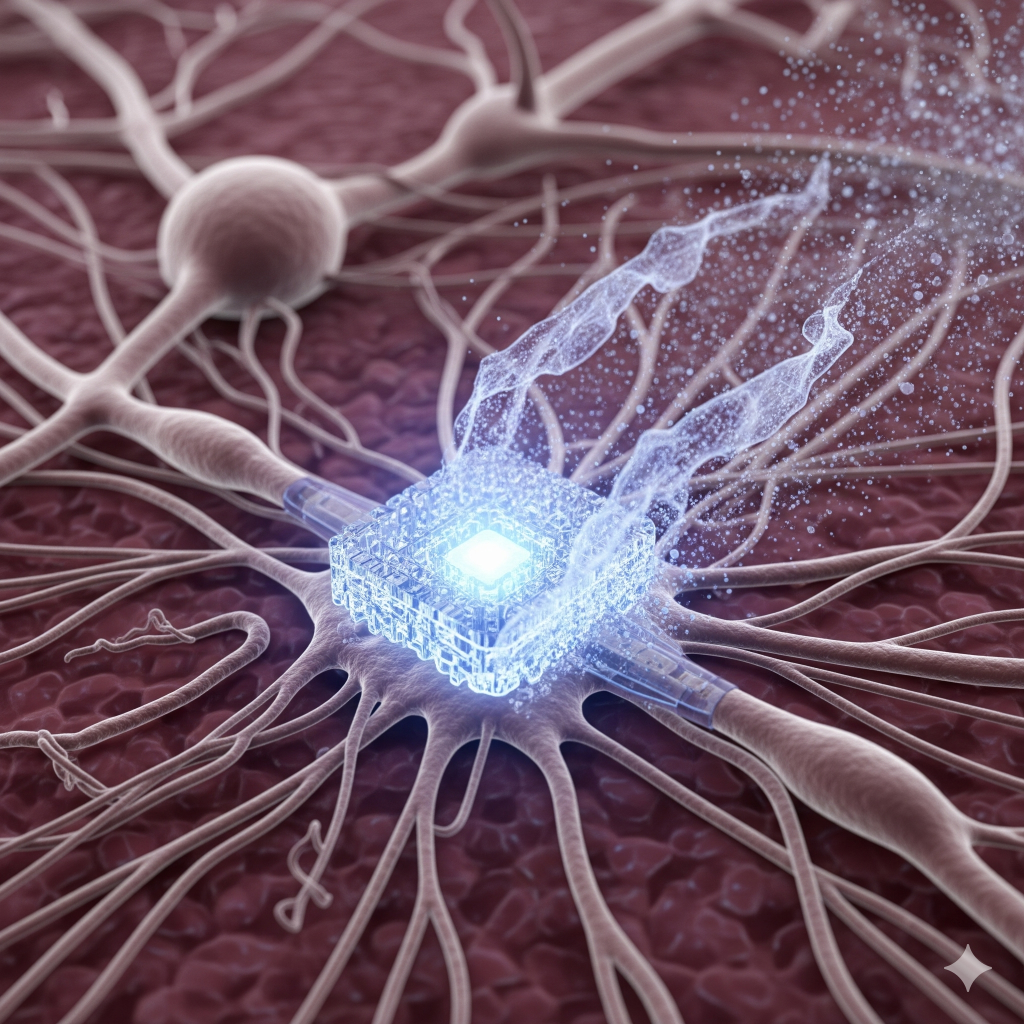
These small implants send signals to help nerves heal. They dissolve in the body after use, so no extra surgery is needed.
- Virtual Reality (VR) Rehab
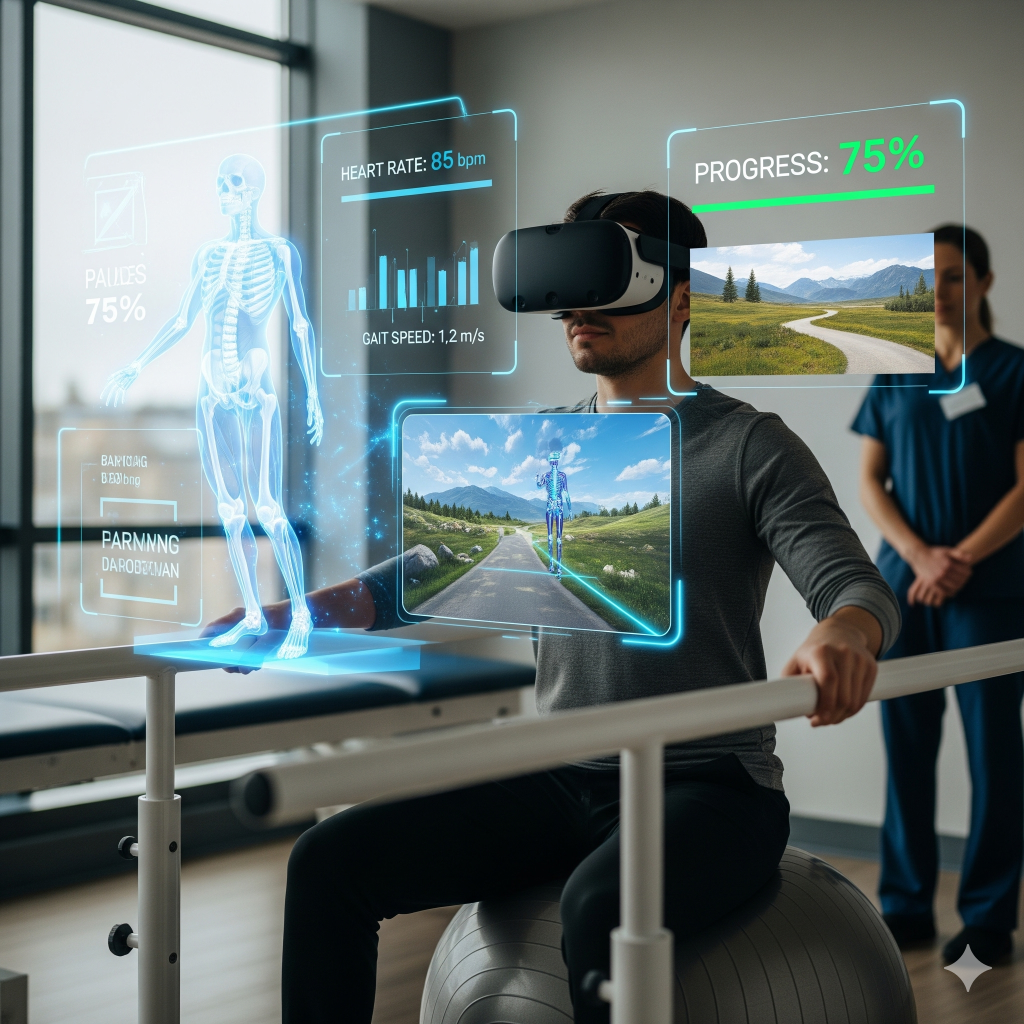
VR is now used with FES cycling. For example, the iCycle uses mild electricity to move the legs, helping people cycle even if they cannot move them alone. VR makes it fun and real, building strength, heart health, and nerve recovery.
Regenerative Therapies
- 3D-Printed Nerve Scaffolds
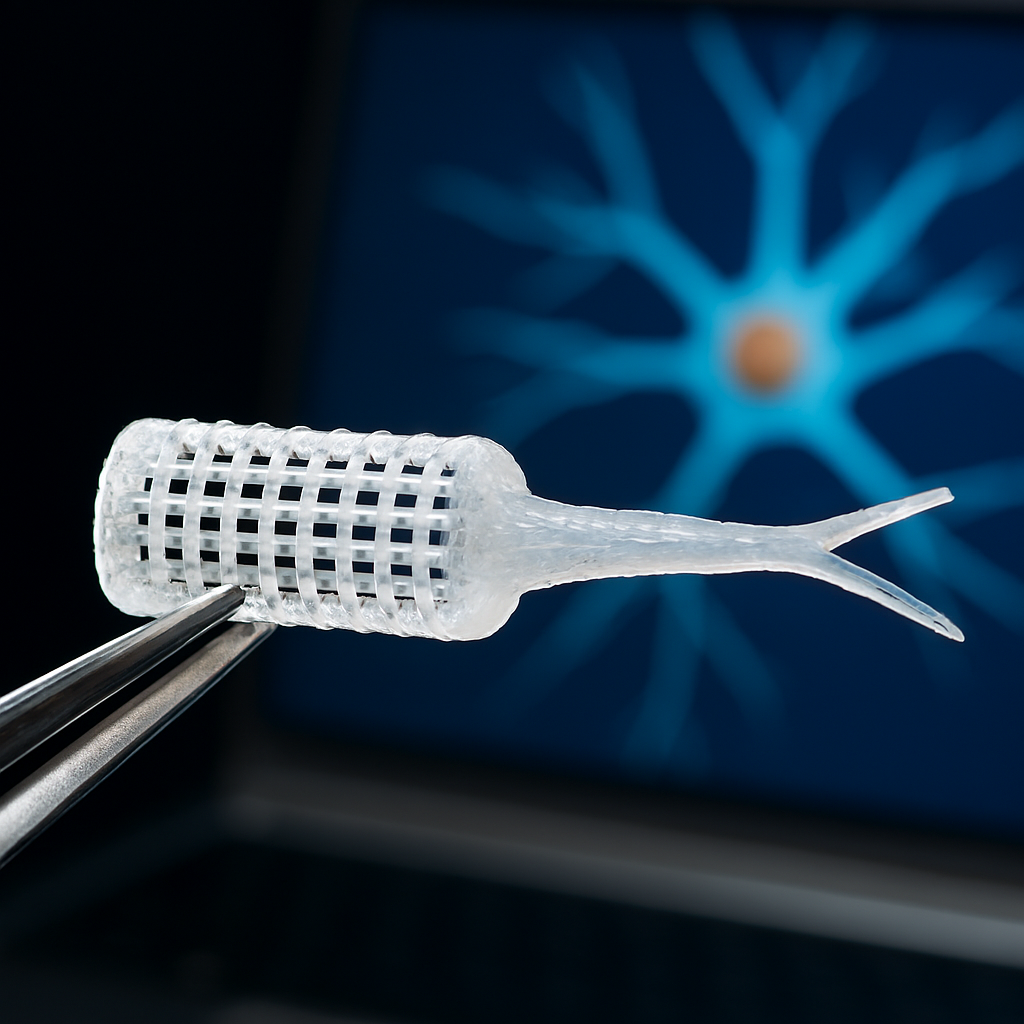
Using 3D printing and stem cells, scientists make “bridges” that help new nerve cells grow across damaged parts of the spine. In animals, this has brought back some movement.
- Cell Transplantation:
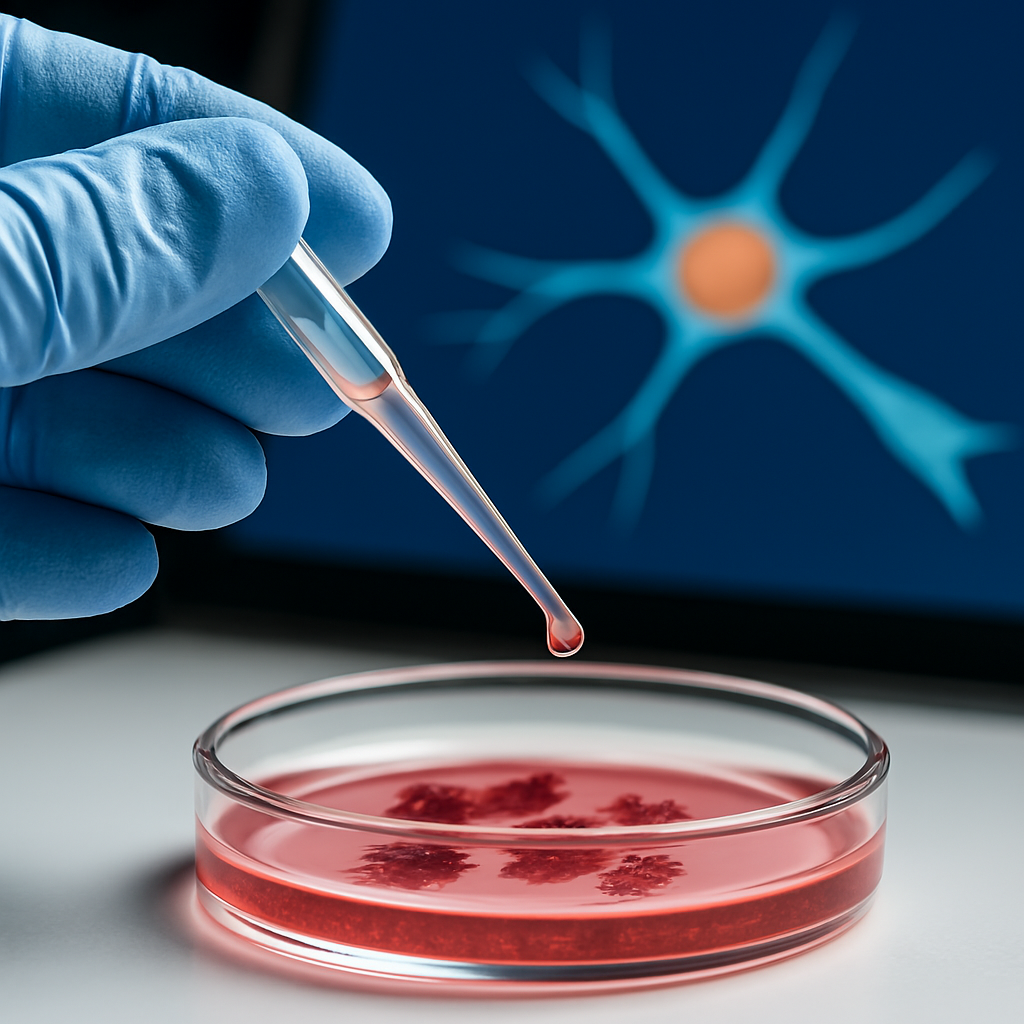
A new trial uses special cells from the nose (olfactory ensheathing cells). These cells are placed in the injury and help repair nerves.
- Stem Cell Therapy:
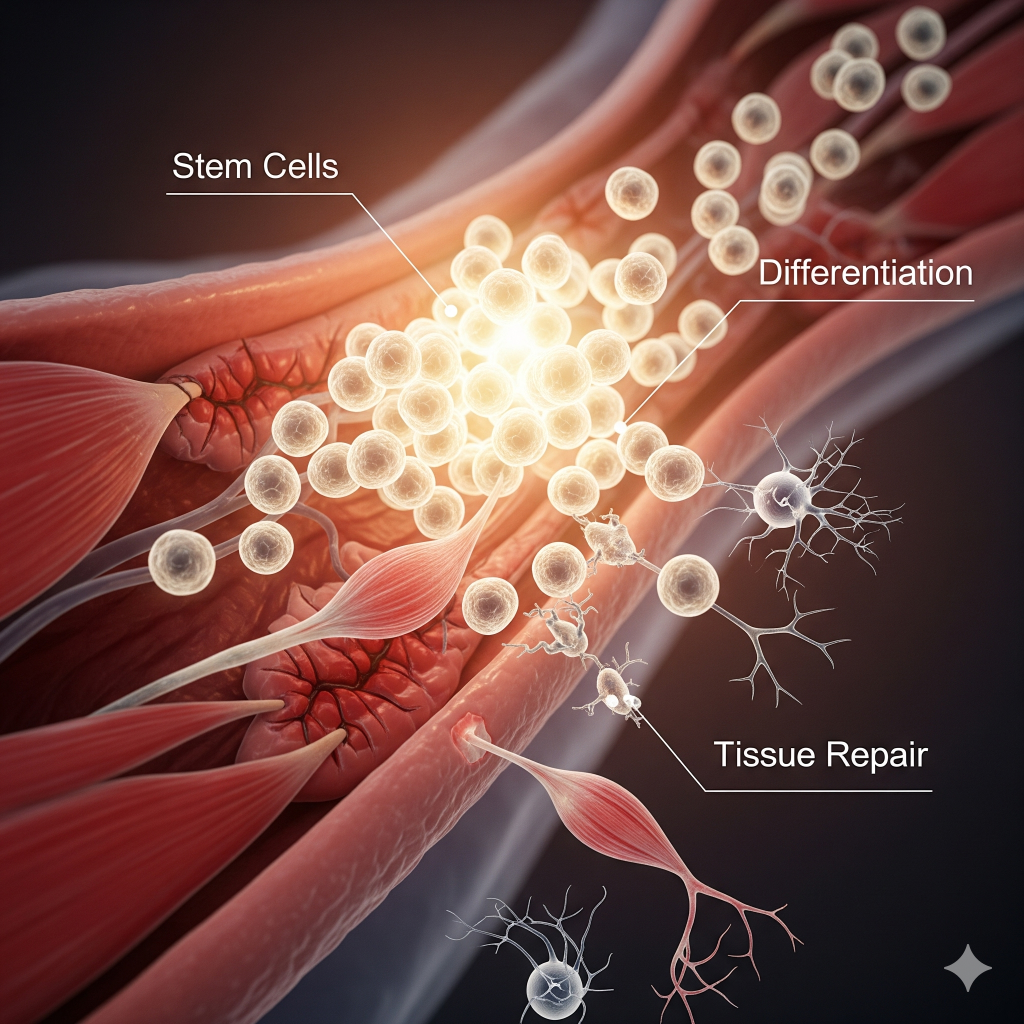
A new clinical trial uses induced pluripotent stem cells (iPSCs). These can turn into the type of nerve cells needed to replace damaged ones.
Other Treatments
- Vagus Nerve Stimulation (VNS):
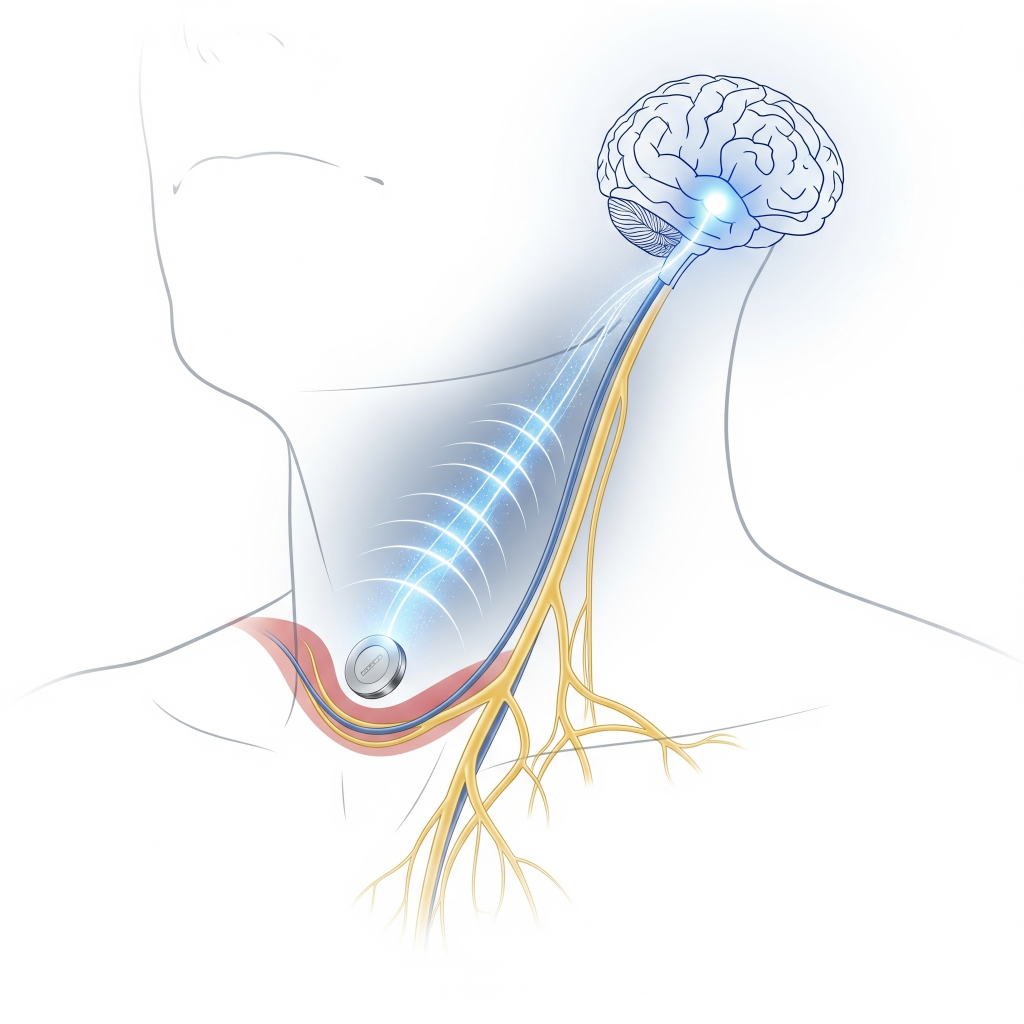
A small device in the neck sends signals to the brain during therapy. It can improve arm and hand use.
- Electrical Field Treatment:
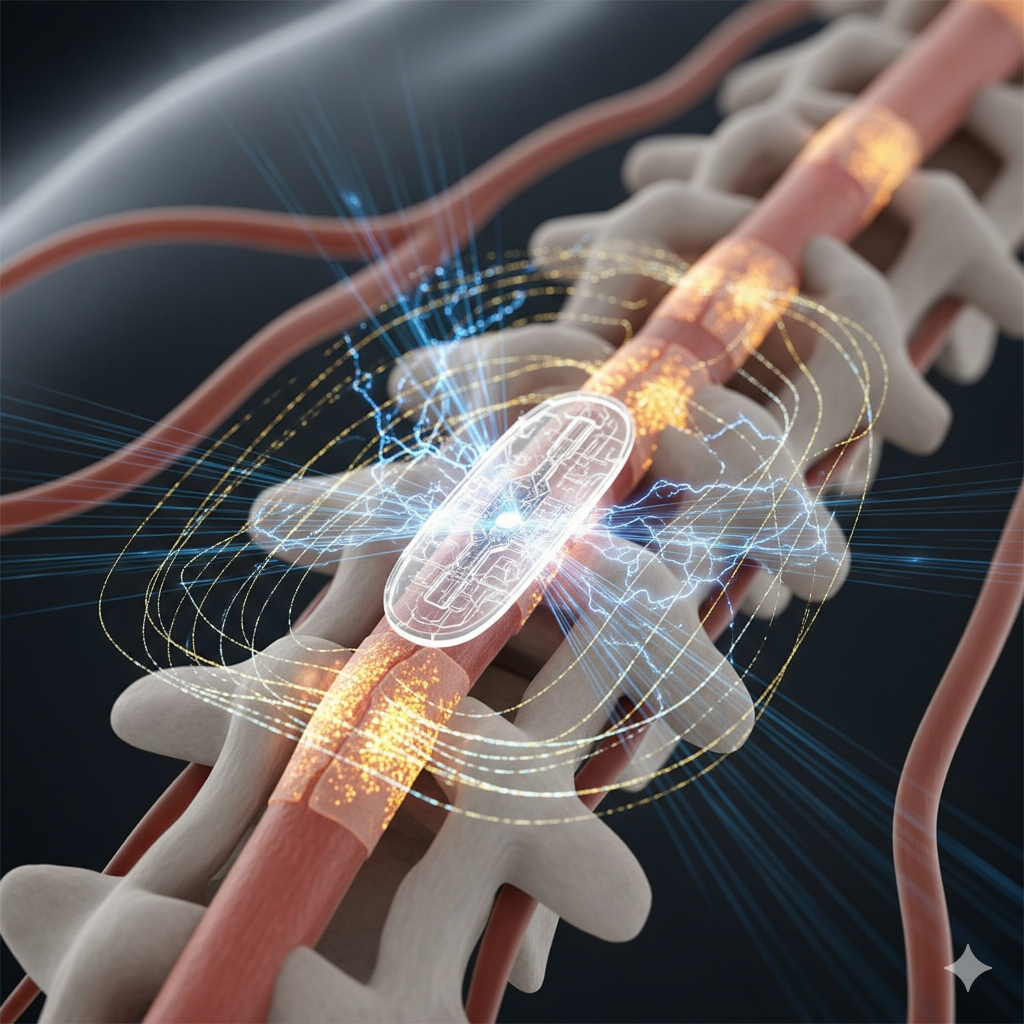
- Breathing Therapies:
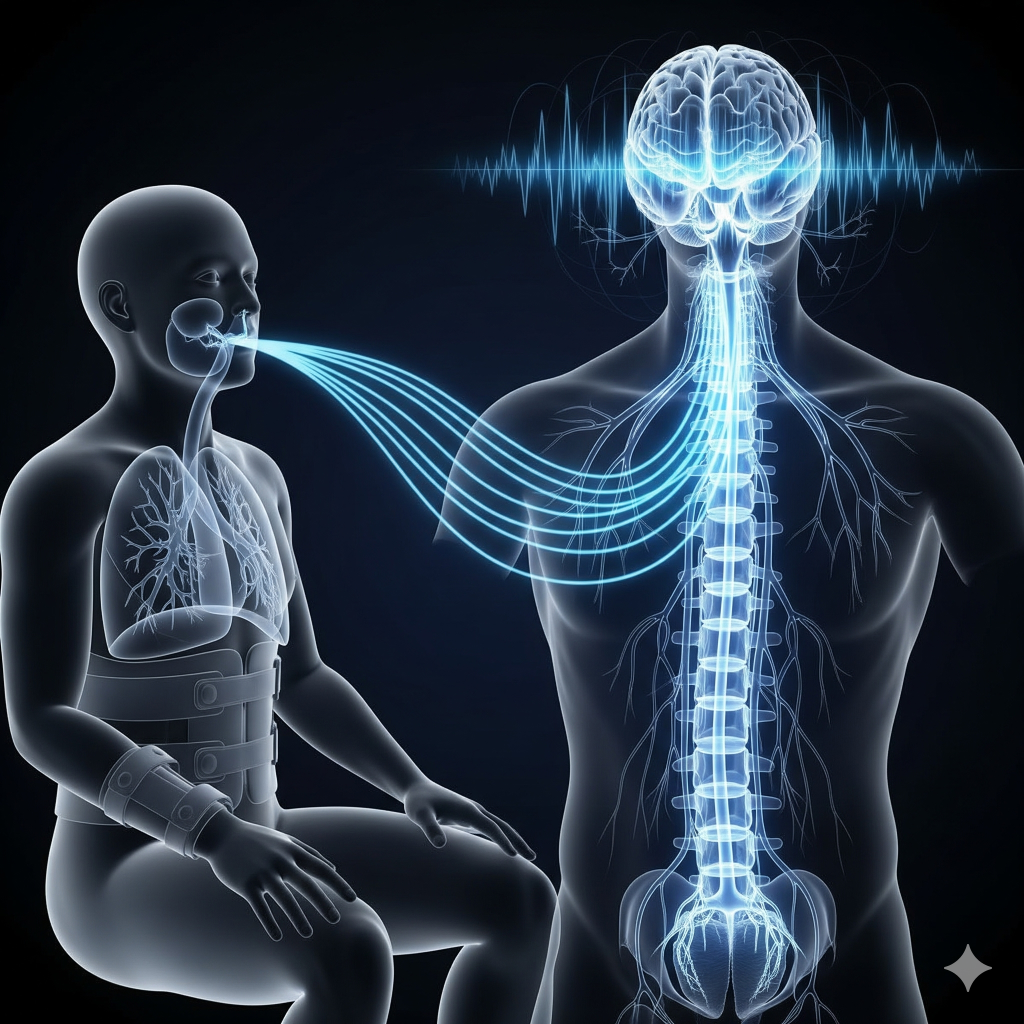
Scientists found special nerve cells that control breathing. This may lead to new treatments for people with SCI who cannot breathe well on their own.
A Call to Action: Support SCI Awareness
This Spinal Cord Injury Awareness Month, we ask everyone to rise with us:
- Government leaders
Create policies that support SCl rehabilitation, access to care, and funding for SCI innovations.
- Wealthy individuals and businesses
Sponsor programs, donate equipment, and fund research for spinal cord injury recovery.
- Community groups and faith organizations
Visit, listen, and support SCI survivors in your area.
- Doctors and therapists
Keep learning and caring for those with spinal cord injuries.
- Everyone
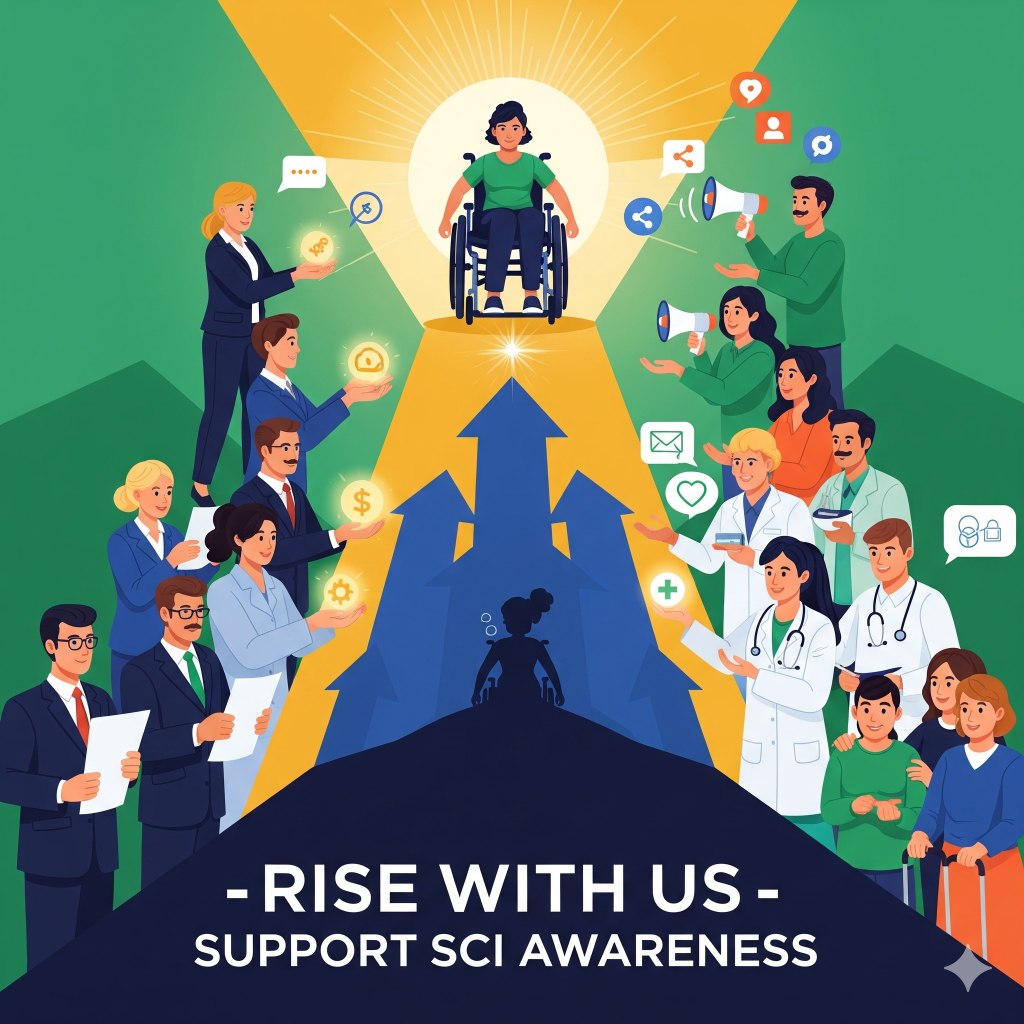
Spinal cord injury is not the end-it's a new beginning.
Together, we make change possible, your support, big or small, can light the path of hope for spinal cord injury survivors.
